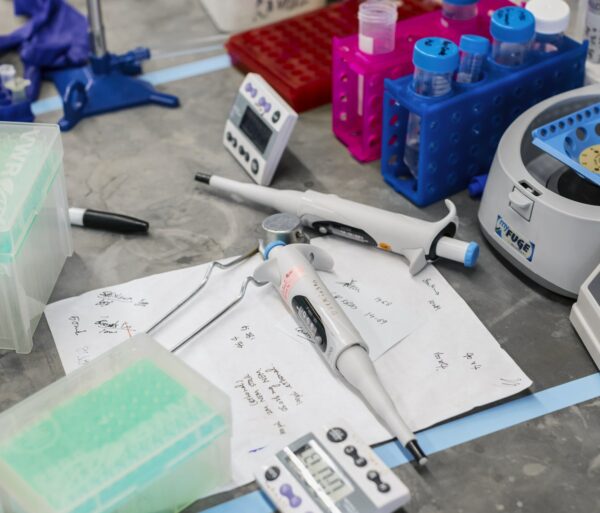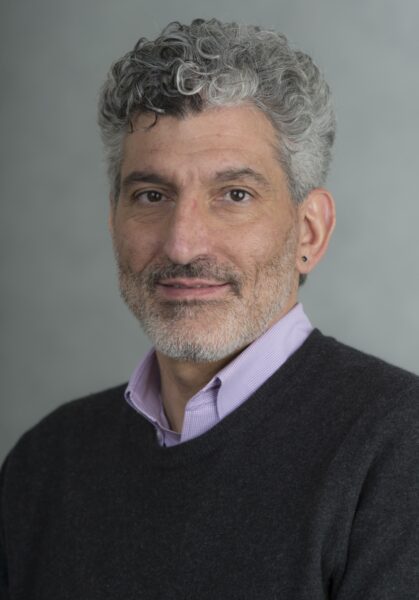
A detour in Parkinson’s disease research led Barbara Waszczak, Ph.D., professor in the Department of Pharmaceutical Sciences at Northeastern University in Boston, in an unexpected direction—opioid abuse relapse research.
Dr. Waszczak had been studying glial cell-derived neurotrophic factor (GDNF) as a potential treatment for Parkinson’s disease for about a decade. Parkinson’s disease kills brain cells that produce the neurotransmitter dopamine, which is released during pleasurable activities. Though it is normal for dopamine producing brain cells to die off across the course of the human lifespan, the process is accelerated in Parkinson’s disease. Evidence shows that GDNF increases the survival, size, and dopamine-production of these cells.
“If GDNF could stop whatever is killing these neurons, you could arrest disease progression and maybe even promote some recovery of the cells that haven’t yet died,” she said. “It could stop the disease in its tracks.”
The challenge has been finding a way to get GDNF into the brain. Some other research labs have injected GDNF directly into the brain, but clinical trials of that approach failed to show a benefit. “It wasn’t clear whether they were succeeding in getting GDNF into the brain appropriately,” Dr. Waszczak explained. But she and her colleagues had an alternate delivery method.
“Our unique approach was to use intranasal delivery of GDNF,” she said. “It doesn’t require a surgical procedure. It relies upon the fact that things can travel from the nose into the brain by getting through small spaces between olfactory neurons that enter the nasal cavity and project into the brain.”
Her team published studies in the early 2000s showing that intranasal delivery of GDNF in rats with a Parkinson-like condition protected the dopamine producing cells. Dr. Waszczak later refined her GDNF delivery approach by partnering with a company called Copernicus that makes nanoparticles of the DNA that encodes GDNF.
“We thought a better approach might be to use intranasal delivery to get the gene into the brain so that it could produce levels of GDNF that might be neuroprotective for a longer period of time than a single intranasal dose of the protein,” Dr. Waszczak said. They even showed this new delivery method helped rats with a Parkinson-like disorder. But she struggled to find funders to support her work on GDNF as a treatment because of the earlier failed clinical trials.
It seemed like an insurmountable roadblock. But then she discovered evidence that GDNF might be useful for treating a range of other brain diseases, including addiction. Dr. Waszczak was awarded a 2018 Opioid Initiative grant from BRF to test whether nasal delivery of the DNA that encodes GDNF reduces relapse-like behavior in rodents administered opioids. As her work neared completion, data suggested it worked.
She applied for grants to conduct the studies necessary to confirm her findings in rodents, which would pave the way to test this therapy in people with opioid addiction. She also collaborated with another scientist to test a theory about why it works: “Overuse has caused the dopamine-producing neurons to become deficient,” she proposed. “That’s why people who’ve been using drugs for a while can’t stop taking them. They need to take them in order to feel any kind of positive rewarding feelings. If GDNF could restore the dopamine levels in the brains of these people, they might stop craving and be able to recover.”
As Dr. Waszczak’s project neared completion, data indicated that her innovative hypothesis may lead to a novel treatment for addiction.
Dr. Waszczak’s work is a powerful example of why BRF’s approach is so effective. Often breakthroughs come from unexpected places, in this case at the intersection of Parkinson’s disease research and addiction research.
“Without the BRF grant I would not have pursued this,” she said. “It would’ve been something I considered outside my domain. The BRF grant gave me the confidence that this was a good idea and the momentum to take it forward and to try a new area of science.”
Dr. Waszczak’s studies showed that giving intranasal GDNF nanoparticles to rodents weeks after the termination of opioid drugs reduced – a behavioral indicator of relapse potential – their “reinstatement” of a conditioned place preference (CPP), the environment where they previously experienced the rewarding effects of a drug. The results support the premise that an intranasal GDNF gene therapy might also reduce relapse in former opioid users who are in recovery.




